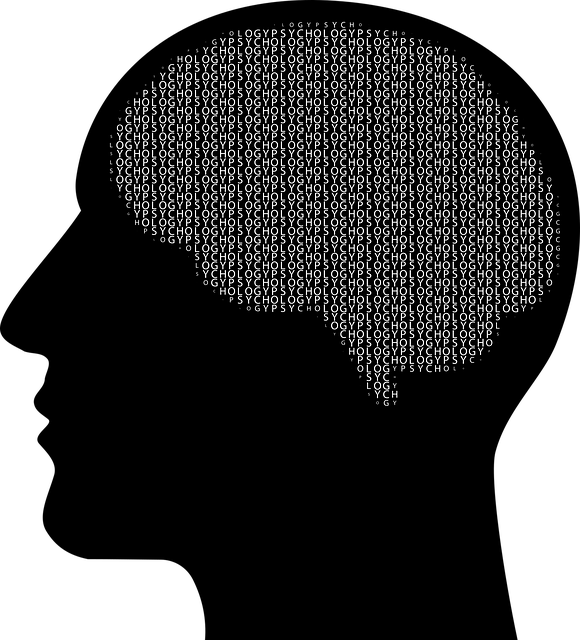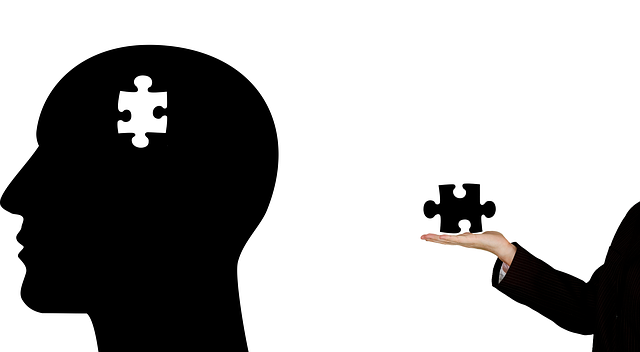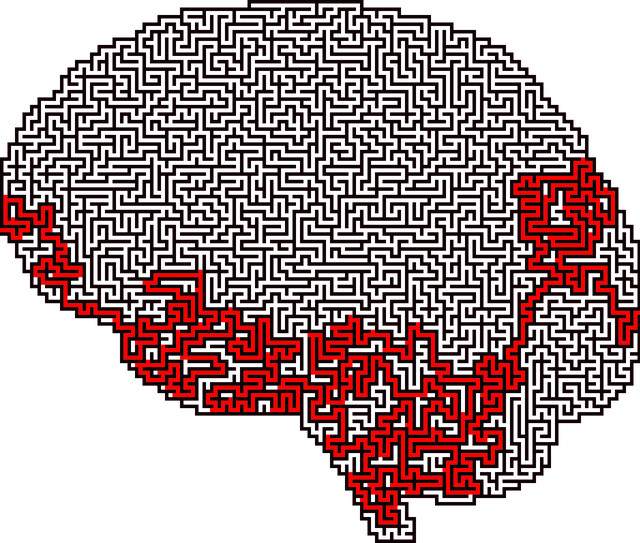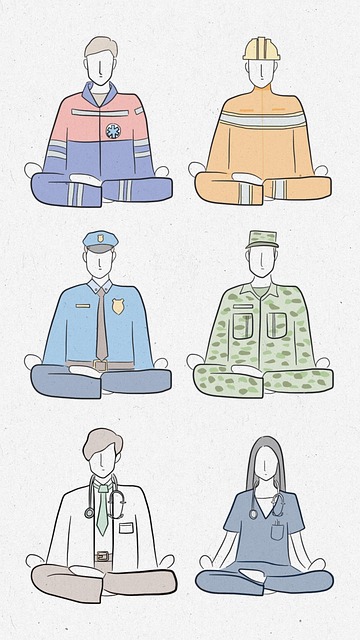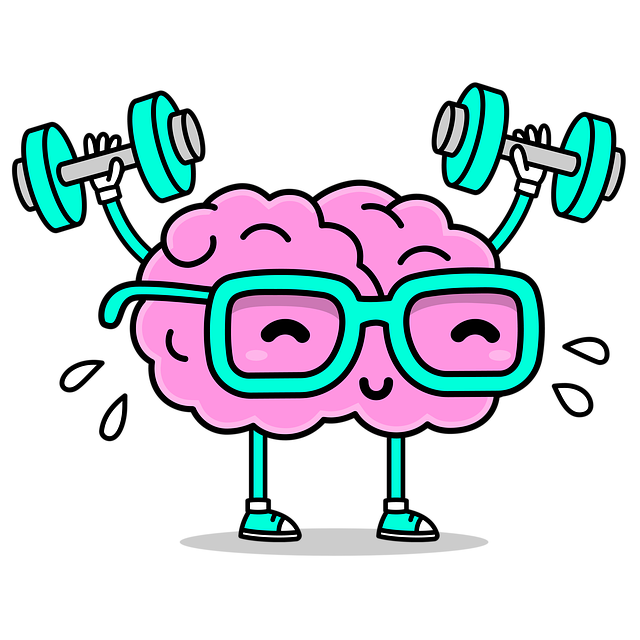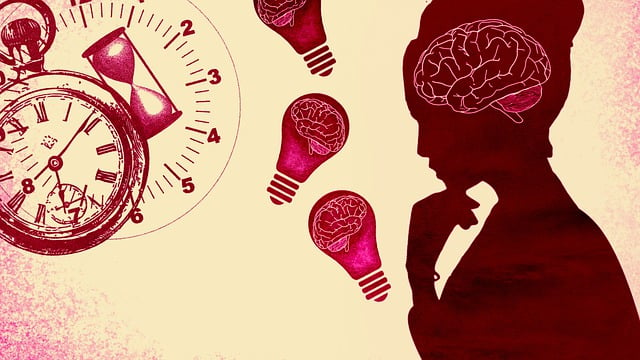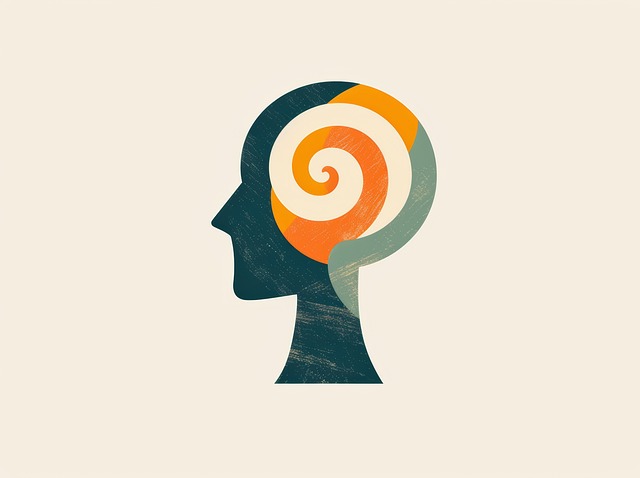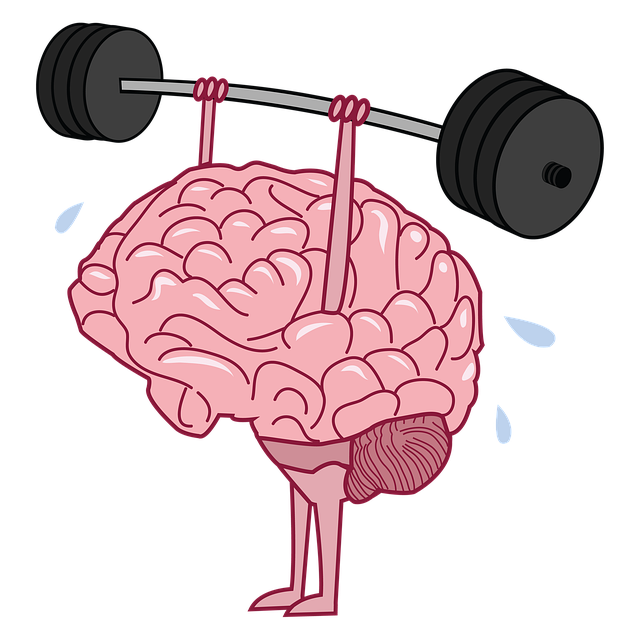Adjustment Disorder in elders, often overlooked, is a serious mental health issue triggered by significant life changes. Manifesting through feelings of sadness, anxiety, and anger, it leads to symptoms like persistent sadness, irritability, sleep disturbances, and accelerated aging risks. Effective therapy includes cognitive behavioral therapy (CBT), mindfulness meditation, Mental Illness Stigma Reduction Efforts, and Stress Management Workshops. Positive thinking exercises tailored for the elderly, focusing on emotional resilience and self-care practices, can improve mood and life satisfaction. Caregivers and therapists should create supportive environments and design structured programs with regular evaluations for personalized treatment. Tracking progress through self-assessment and guided meditations ensures success in managing Adjustment Disorder in elders.
Positive thinking exercises offer a promising approach in supporting elderly individuals coping with adjustment disorder, fostering mental well-being. This article explores the transformative power of positive thinking in mitigating symptoms and enhancing quality of life for seniors. We delve into designing tailored exercises, providing practical strategies for caregivers and therapists. By understanding the impact of adjustment disorder and implementing effective interventions, we can assist elders in navigating their journey towards improved mental health.
- Understanding Adjustment Disorder in Elders: Symptoms and Impact
- The Role of Positive Thinking in Mental Health Promotion
- Designing Effective Positive Thinking Exercises for Elderly Individuals
- Implementing the Exercises: Strategies for Caregivers and Therapists
- Tracking Progress and Measuring Success: Assessing Positive Thinking Improvements
Understanding Adjustment Disorder in Elders: Symptoms and Impact

Adjustment Disorder in elders is a common yet often underdiagnosed mental health condition that can significantly impact their overall well-being and quality of life. Characterized by feelings of deep sadness, anxiety, or anger after an significant life change or stressor, such as retirement, loss of a loved one, or illness, the disorder can manifest through various symptoms. These may include persistent sadness, irritability, trouble sleeping, changes in appetite, fatigue, difficulty concentrating, and even thoughts of self-harm.
The impact of Adjustment Disorder can be profound, affecting not just an elder’s mental health but also their physical well-being and social interactions. Chronic stress associated with the condition can lead to increased risk of cardiovascular disease, weakened immune system, and accelerated aging. However, hope lies in available therapy for elders adjustment disorder, such as cognitive behavioral therapy (CBT) and mindfulness meditation practices, which have shown effectiveness in managing symptoms. Additionally, Stress Management Workshops organized by mental health advocacy groups and Mental Illness Stigma Reduction Efforts play a crucial role in promoting understanding and support for seniors facing these challenges.
The Role of Positive Thinking in Mental Health Promotion

Positive thinking is a powerful tool for promoting mental health and well-being, especially among older adults. For those dealing with adjustment disorders, cultivating a positive mindset can be transformative. Therapy for elders adjustment disorder often involves helping them navigate stress, anxiety, and feelings of loneliness or grief. By implementing simple yet effective exercises focused on positivity, individuals can enhance their emotional resilience.
Stress management workshops organized by various organizations emphasize the importance of empathy building strategies and emotional intelligence. These techniques encourage individuals to recognize and appreciate positive aspects in their lives, reframe negative thoughts, and cultivate gratitude. Regular practice of positive thinking has been linked to improved mood, increased life satisfaction, and better coping mechanisms, ultimately contributing to a healthier mental state for elders.
Designing Effective Positive Thinking Exercises for Elderly Individuals

Designing positive thinking exercises tailored for elderly individuals requires a nuanced approach, considering their unique cognitive and emotional needs. As a professional in the field, it’s crucial to develop activities that promote mental health awareness and facilitate emotional healing processes. Incorporating self-care practices into these exercises can significantly enhance their effectiveness.
For instance, guided meditation sessions centered around gratitude and mindfulness can help elders cultivate a positive outlook while managing symptoms of adjustment disorders. Simple breathing exercises or nature walks combined with encouraging reflections can contribute to a sense of calm and overall well-being. By integrating these activities into daily routines, elderly individuals can experience improved mental clarity and a deeper connection to themselves, ultimately fostering resilience in the face of challenges.
Implementing the Exercises: Strategies for Caregivers and Therapists

Implementing positive thinking exercises requires a strategic approach from caregivers and therapists supporting elderly individuals with adjustment disorders. Caregivers can play a pivotal role in fostering a supportive environment by incorporating simple yet effective techniques into daily routines. For instance, encouraging journaling as a means to reflect on positive experiences or setting small achievable goals can significantly boost an elder’s mental well-being. Therapists, leveraging their expertise, can design structured programs combining cognitive reframing and mindfulness practices tailored to each client’s needs.
Effective therapy for elders with adjustment disorders involves a blend of communication strategies and trauma support services. Mental health professionals should assess risks through comprehensive evaluations, enabling them to create personalized treatment plans. By integrating positive thinking exercises into care protocols, caregivers and therapists can empower elderly individuals to navigate challenges more adaptively, ultimately enhancing their quality of life.
Tracking Progress and Measuring Success: Assessing Positive Thinking Improvements

Tracking progress and measuring success are crucial aspects of implementing a positive thinking exercise, especially for those looking to overcome adjustment disorders. Regular self-assessment allows individuals to identify shifts in their mental wellness, fostering resilience building over time. By setting achievable goals and recording daily reflections, participants can gain valuable insights into their emotional state and pinpoint areas where they’ve excelled or need further support.
For instance, a mental wellness podcast series production could incorporate guided meditations focused on positive affirmations, followed by post-exercise evaluations. These assessments might include rating scales measuring optimism levels, stress reduction, and overall life satisfaction. Such practices help in understanding the impact of positive thinking therapy for elders with adjustment disorders, ensuring their mental health journey remains on track.
The implementation of positive thinking exercises offers a promising approach to support elders struggling with adjustment disorder. By integrating these strategies into care plans, therapists, and caregivers can empower seniors to navigate their challenges with resilience and hope. Through structured yet flexible programming, tailored to individual needs, it is feasible to enhance mental well-being and improve overall quality of life for those affected by this common but often overlooked condition, ultimately providing effective therapy for elders adjustment disorder.
